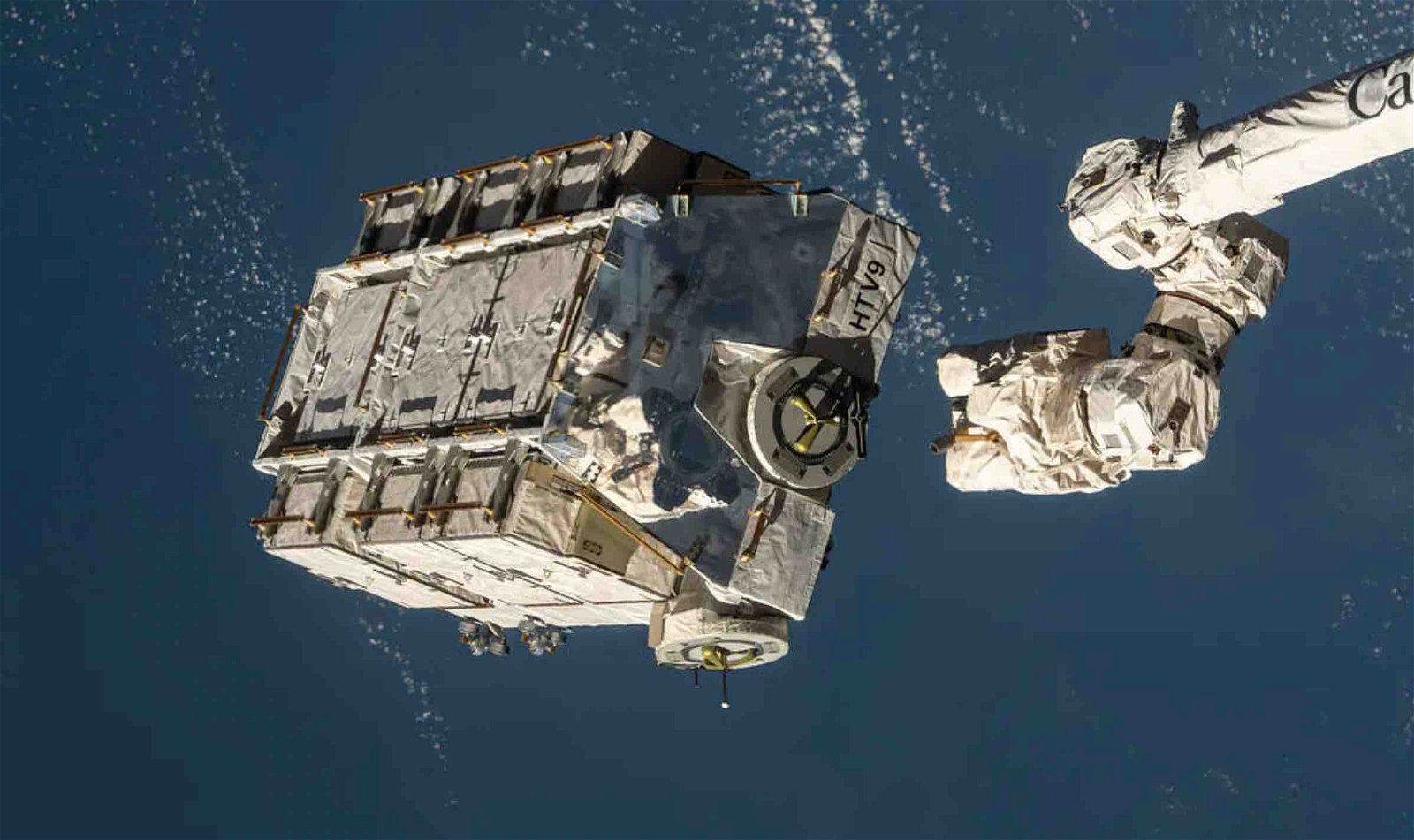An object that tore through the roof of a family home near Naples, Florida, last month is currently being investigated by NASA to determine its origins.
The incident occurred on March 8, shortly after 2:30 p.m. local time, when a mysterious object crashed into the home of Alejandro Otero, a resident of Collier County. Although Otero was away at the time, his son was home when the object struck the house, ripping through two layers of ceiling.
Otero later said the object “almost hit my son,” who was only two rooms away from where the object came to rest. A security camera at Otero’s home successfully recorded the sound of the object as it collided with his residence.
Hello. Looks like one of those pieces missed Ft Myers and landed in my house in Naples.
Tore through the roof and went thru 2 floors. Almost his my son.
Can you please assist with getting NASA to connect with me? I’ve left messages and emails without a response. pic.twitter.com/Yi29f3EwyV— Alejandro Otero (@Alejandro0tero) March 15, 2024
Coinciding with the incident at Naples, U.S. Space Command was also tracking the reentry of a pallet of used batteries from the International Space Station (ISS) as it passed over the Gulf of Mexico.
Now, NASA says it is investigating the incident to determine whether the object that struck Otero’s home was indeed associated with the pallet’s reentry.
“NASA collected an item in cooperation with the homeowner, and will analyze the object at NASA’s Kennedy Space Center in Florida as soon as possible to determine its origin,” said Josh Finch, a spokesperson with Space Operations Mission Directorate, in an email to The Debrief.
“More information will be available once the analysis is complete,” Finch said.
The incident was first reported by Florida-based WinkNews on March 15.
In 2021, the EP-9 equipment pallet containing depleted batteries was jettisoned from the ISS, which led to their unguided reentry—a common fate for space debris that includes small decommissioned satellites or other leftovers from past space operations, although unguided reentry is less common for larger objects.
Notably, the pallet is among the largest objects known to have been ejected from the ISS to date.


The batteries would normally be expected to burn up entirely during reentry like any other remnants of spacecraft. However, that obviously wasn’t the case with the object that struck Otero’s home on March 8.
“Only a few very large objects, such as heavy scientific satellites, reenter Earth’s atmosphere in a year,” reads an ESA FAQ page on reentry and collision avoidance.
“In total, about 75% of all the larger objects ever launched have already reentered. Objects of moderate size, i.e. 1 m or above, reenter about once a week, while on average two small tracked debris objects reenter per day,” the ESA says.
The ESA FAQ page adds, “In general, reentering objects pose only a marginal risk to people or infrastructure on the ground or to aviation.”
However, not everyone is so convinced about the minimal dangers of falling space junk. Fabian Zander, a Senior Research Fellow in Aerospace Engineering at the University of Southern Queensland, said in 2022 that “with more and more objects going into space, and coming back down, the chances of someone or something being struck are increasing.”
“As the space industry grows, it’s safe to say such incidents will only become more frequent,” Zander said, “and they could pose a risk.”
Otero said he was on vacation when his son called and told him about the incident, which the family initially believed may have involved a space rock.
“When we heard that, we were like, impossible, and then immediately I thought a meteorite,” Otero said. However, the partially burned cylindrical object that fell through the ceiling of his home was obviously nothing natural.
Otero said he had been “completely in disbelief” after the incident, which left his family shaken.
“What are the chances of something landing on my house with such force to cause so much damage,” he asked.
In a posting on X, Otero said he “eagerly await[s] communication from the responsible agencies, as their assistance is crucial in resolving the damages from this deliberate release.”
“But more importantly,” Otero added, he hopes to discuss with NASA or others “how in the future to arrange the payload so it will burn in its entirety as it reenters.”
Micah Hanks is the Editor-in-Chief and Co-Founder of The Debrief. He can be reached by email at micah@thedebrief.org. Follow his work at micahhanks.com and on X: @MicahHanks.

